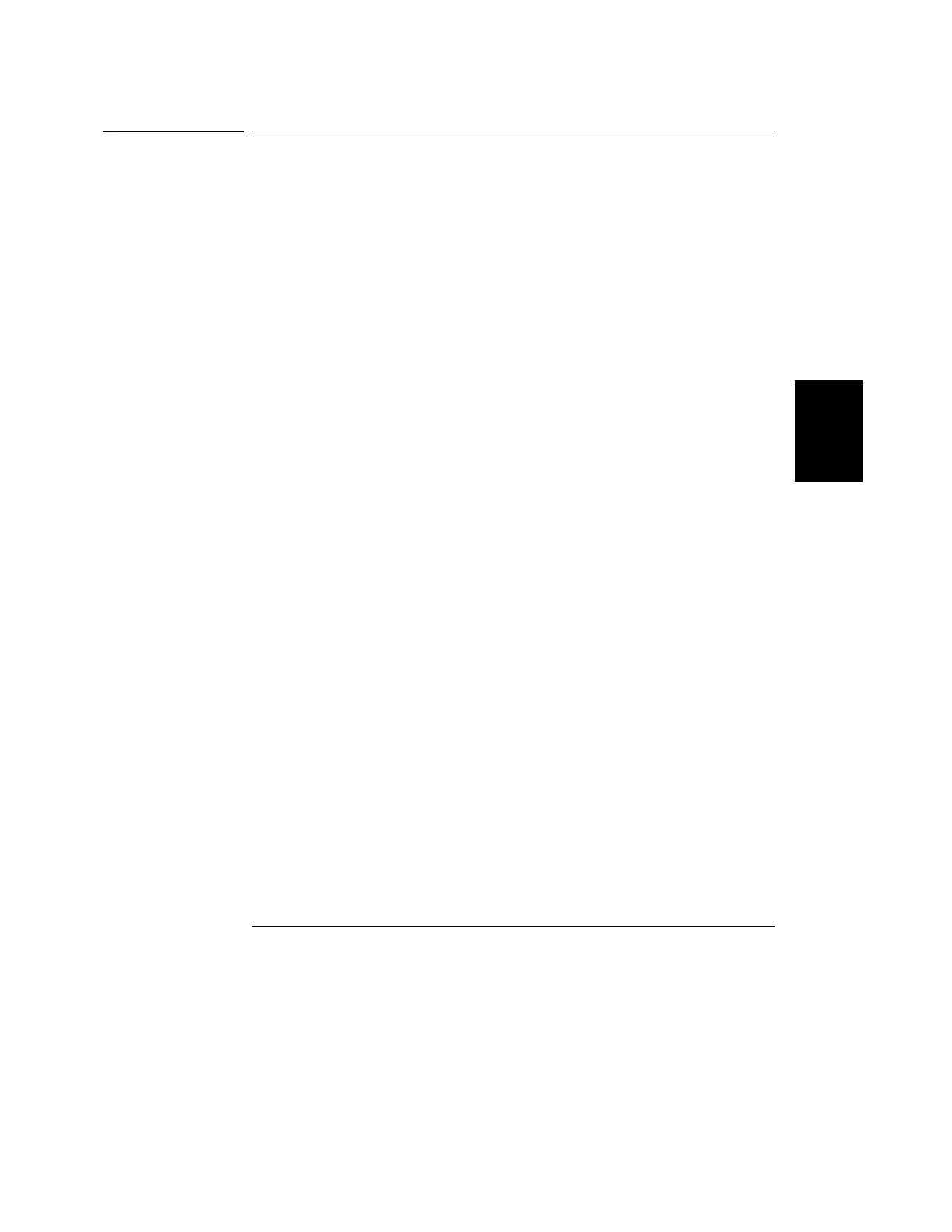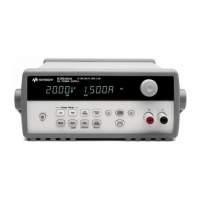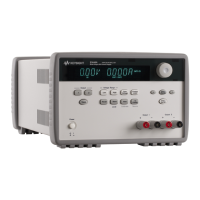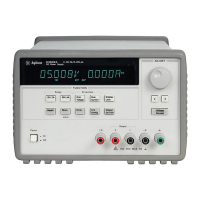
 Loading...
Loading...
Do you have a question about the Agilent Technologies E3648A and is the answer not in the manual?
| Model | E3648A |
|---|---|
| Manufacturer | Agilent Technologies |
| Category | Power Supply |
| Number of Outputs | 2 |
| Line Regulation | 0.01% + 2 mV |
| Load Regulation | 0.01% + 2 mV |
| Display | 4-digit LED |
| Voltage Programming Accuracy | 0.05% + 10 mV |
| Current Programming Accuracy | 0.2% + 5 mA |
| Current Readback Accuracy | 0.2% + 5 mA |
| Protection Features | Overvoltage, Overcurrent |
| Storage Temperature Range | -40 to 70 °C |
| Programming Interface | GPIB, RS-232 |
| Operating Temperature Range | 0 to 40 °C |
| AC Input Voltage | 100 to 240 V |
| AC Input Frequency | 47 to 63 Hz |
| Dimensions (W x H x D) | 213 x 88 x 370 mm |
Troubleshooting steps for power-on issues.
Important safety information and requirements for operation.
Steps to set up the power supply for CV mode.
Steps to set up the power supply for CC mode.
Steps to set up GPIB or RS-232 communication.
How to set trip levels and enable OVP.
General information on calibration security and procedures.
Low-level SCPI commands for output control.
SCPI commands specifically for calibration procedures.
Detailed performance parameters and limits.
Common failures and basic troubleshooting steps.











